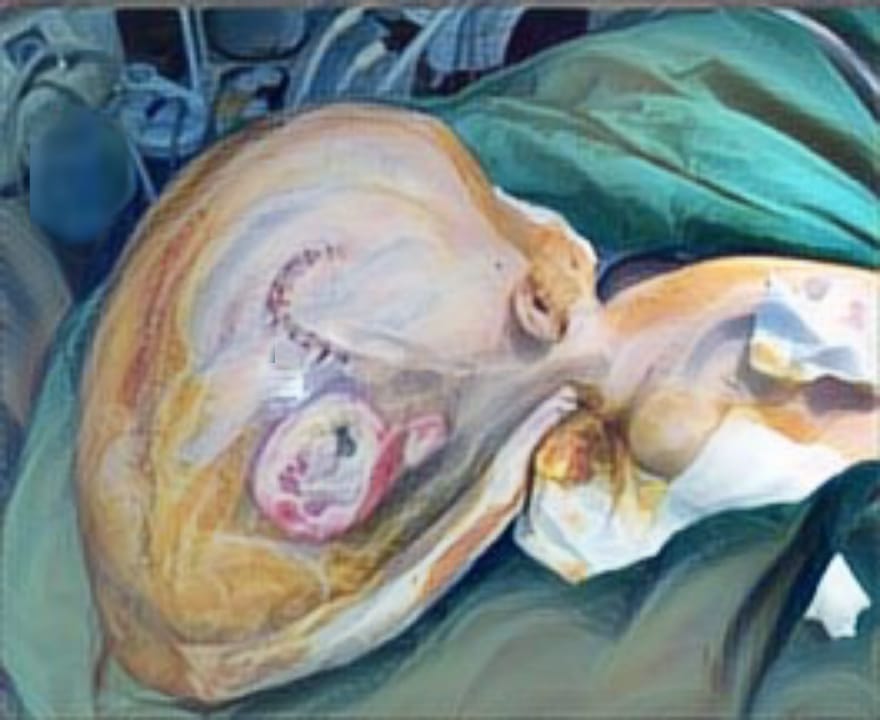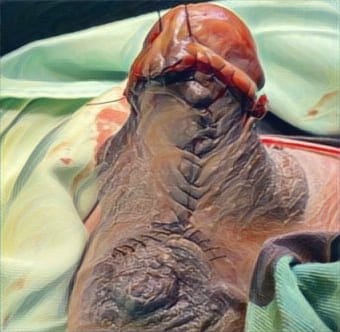ANALYSIS OF RAT PLATELET COUNT AFTER ELECTRICAL EXPOSURE IN ACUTE AND SUBACUTE PHASE OF BURN INJURY
Downloads
Highlights:
- In the acute phase of electric burn injury, there was a significant change in platelet count.
- Contrarily, no significant change in platelet count was observed during the subacute phase of electric burn injury.
Abstract:
Introduction: Electrical burns are one of the causes of important health burdens throughout the world with incidences varying between 4–18% of all burns. In electrical burns, blood vessels are the heavily damaged tissue characterized by endothelial erosion, followed by adhesion and aggregation of platelets to form a hemostatic plug. The screening test for assessing the formation of a hemostatic plug is platelet count. Platelet count monitoring is very important during the resuscitation phase and treatment periods in severe burns, namely in acute and subacute phases of burns. The purpose of this study is to determine and analyze the changes in the platelet count of rats after electrical exposure in the acute and subacute phases of burns.
Methods: This is a quasi-experimental study in vivo with post-test-only group design. The control group in this study was not given electrical exposure and the rat's blood was taken directly after the adaptation process. In the other five groups, P1, P2, P3, P4, and P5 were exposed to 140 V for 17 seconds, then their blood was taken for platelet counts on days 0, 3, 7, 10, and 14 post-exposure.
Results : The result of this study based on a Post Hoc LSD test showed that there was a change of platelet number after exposure in the acute phase of burn injury and there was no change of platelet number after exposure in the burning subacute phase.
Conclusions: Platelet count difference in acute phase of electric burn injury and no difference in platelet count difference in subacute phase of electric burn injury.
Tiryaki C, et al. Factors affecting mortality among victims of electrical burns. Ulus Travma Acil Cerrahi Derg. Turkey; 2017. 23(3):223–9.
Moenadjat Y. Luka Bakar: Masalah dan Tatalaksananya. Edisi Keem. Jakarta: Badan Penerbit FKUI; 2009.
Pavic M, Milevoj L. Platelet count monitoring in burn patients. Biochem Medica. 2007. 17(2):212–9.
Bakta I. Hematologi Klinik Ringkas. Jakarta: EGC; 2006.
Noer MS. Penanganan Luka Bakar Akut. In: Noer MS, Saputro ID, Perdanakusuma DS, editors. Penanganan Luka Bakar. Surabaya: Airlangga University Press; 2006: 3–22.
Elisabeth Marck R, et al. Time course of thrombocytes in burn patients and its predictive value for outcome. Burns. 2013. 39(4):714–22.
Kamble PA et al. Platelet Count: A Prognostic Indicator in Early Detection of Post Burn Septicemia. Eur J Biomed Pharm Sci. 2017. 4(7):510–2.
Warner P, et al. Thrombocytopenia in the pediatric burn patient. J Burn Care Res. England; 2011,32(3):410–4.
Gandasoebrata R. Penuntun Laboratorium Klinis. Jakarta: Dian Rakyat; 2013.
Jacoby RC, et al. Platelet activation and function after trauma. J Trauma. United States; 2001, 51(4):639–47.
Kalmas G, et al. Response of small acetylcholinesterase positive cells, megakaryocytes and platelets to burn injury. Ann New York Acad Sci. 1990;
Sacher R, McPherson R. Tinjauan Klinis Hasil Pemeriksaan Laboratorium. 11th Ed. Jakarta: EGC; 2004.
Copyright (c) 2019 Fransiska Nooril F P H, Ulfa Elfiah, Laksmi Indreswari, Desie Dwi Wisudanti

This work is licensed under a Creative Commons Attribution-ShareAlike 4.0 International License.
JURNAL REKONSTRUKSI DAN ESTETIK by Unair is licensed under a Creative Commons Attribution-ShareAlike 4.0 International License.
- The journal allows the author to hold copyright of the article without restriction
- The journal allows the author(s) to retain publishing rights without restrictions.
- The legal formal aspect of journal publication accessbility refers to Creative Commons Attribution Share-Alike (CC BY-SA)



















